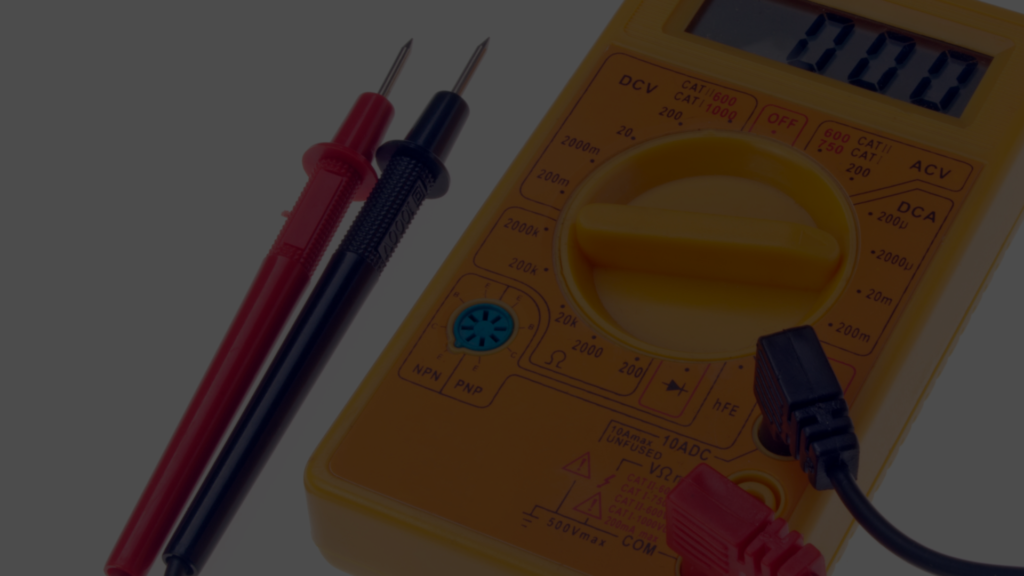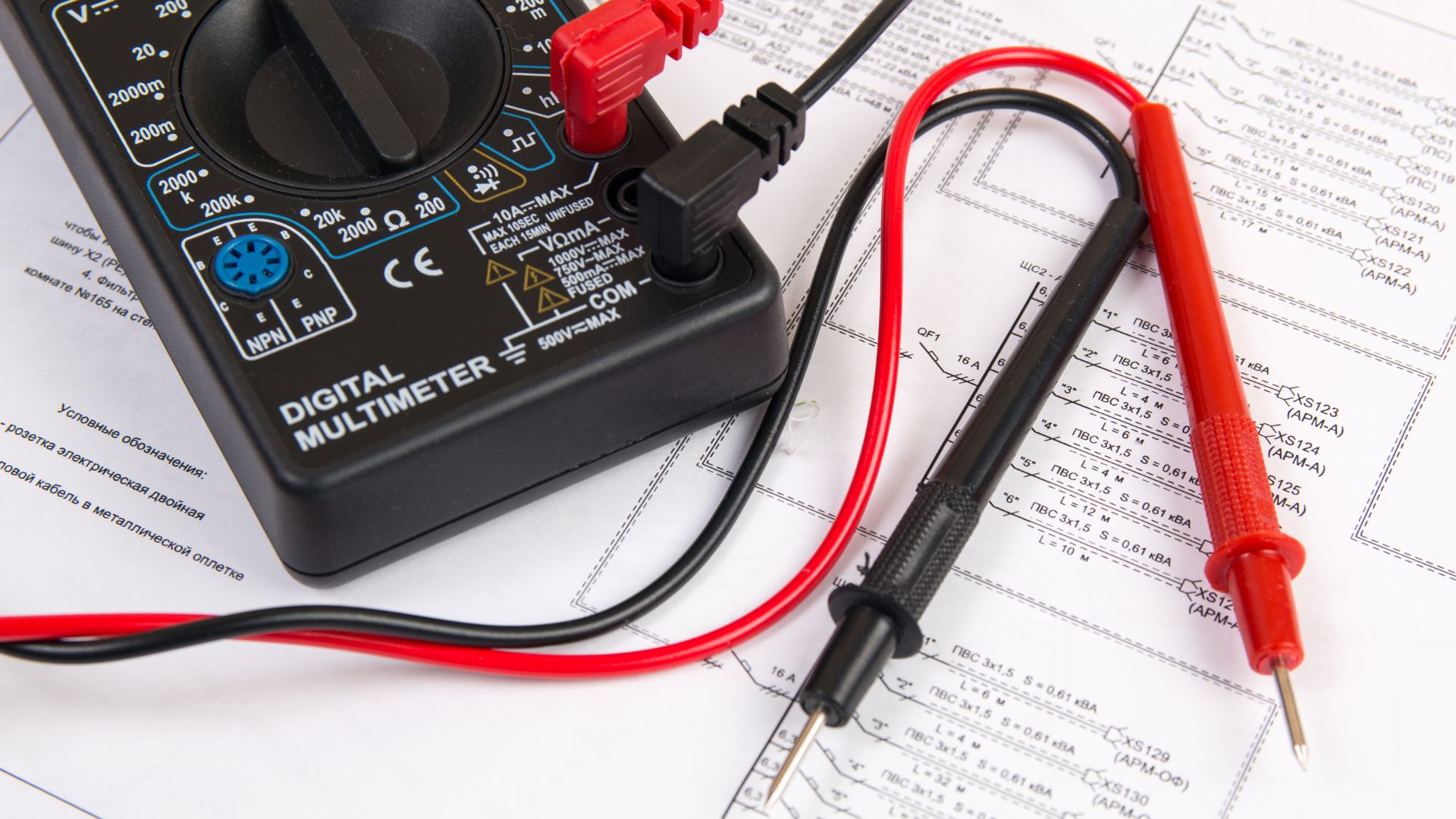Portable Appliance Testing (PAT) ensures electrical safety in residential and commercial settings. This detailed examination of PAT testing focuses on the role of plug fuses, which are integral components in maintaining the integrity and safety of electrical appliances.

Table of Contents
Understanding Plug Fuses in PAT Testing
Electrical appliance manufacturers have adopted two standard ratings for plug fuses: 3A and 13A. These ratings are not arbitrarily chosen; they are aligned with the power requirements of the appliances they are designed to protect. A 3A fuse is typically used for appliances with a power consumption of up to 700W, such as small kitchen appliances or lighting fixtures. For more robust appliances that exceed 700W, such as heaters or large kitchen appliances, a 13A fuse is appropriate.
The primary purpose of a plug fuse is to protect the wiring of the appliance rather than the appliance itself. In many cases, however, it serves both functions effectively. The fuse is designed to blow or break the circuit if the current flowing through it exceeds safe levels, thus preventing potential fire hazards or damage to the appliance and its wiring.
Role of Plug Fuses in Different Appliances
In appliances like electric blankets, soldering irons, and Christmas tree lights, the flexibility of a smaller gauge cable is advantageous for ease of use and safety. The plug fuse plays a critical role by protecting this thinner cable from overcurrent, which could lead to overheating and potential fire risks.
Electrical Safety Statistics
It’s important to recognize the risks associated with electricity. Statistics from the Health and Safety Executive indicate that approximately 1000 work-related accidents involving electric shock or burns are reported annually, with some of these incidents being fatal. These numbers highlight the essential nature of rigorous electrical safety practices, including PAT.
In-Service Testing: A Closer Look
The IEE Code of Practice for In-Service Inspection and Testing of Electrical Equipment outlines several key procedures within PAT:
Key Testing Scenarios
- Type Testing: Conducted to an appropriate standard to ensure the equipment meets specific requirements.
- Production Testing: Ensures that each unit manufactured meets the required specifications.
- In-Service Testing: Regular testing is performed while the equipment is used to ensure ongoing safety.
- Testing After Repair: Ensures that equipment is safe after any repairs.
Specific Test Procedures for In-Service Testing
- Preliminary Inspection: Visual check for any obvious damage or faults.
- Earth Continuity Tests: Essential for Class 1 equipment to ensure a good connection to Earth.
- Insulation Testing measures the integrity of the insulation around conductors; it may be substituted by earth leakage measurement in some cases.
- Functional Checks: Ensures that the appliance operates correctly and safely.
These tests are vital not only for compliance with safety regulations but also for preventing electrical accidents. They should be carried out by individuals who are thoroughly trained and competent in operating test equipment and interpreting results. Moreover, these professionals must be capable of conducting detailed inspections and, if necessary, disassembling equipment to check internal wiring and connections.
Importance of Qualified Personnel
Qualified personnel must inspect or test permanently installed equipment, such as those connected via a flex outlet. This ensures that all aspects of the installation are up to standard and that any potential issues can be addressed safely and effectively.
Fire Safety Concerns
The Prevalence of Electrical Malfunctions in Fire Incidents
Electrical malfunctions are a prominent hazard in commercial environments, implicated in more than a quarter of all reported accidental fire incidents. These malfunctions can arise from various issues, including faulty wiring, improper use of electrical devices, or the failure of components such as plug fuses. In commercial settings, where the density and complexity of electrical installations are typically higher than in residential settings, the potential for such malfunctions increases, emphasizing the need for stringent safety measures.
Role of PAT Testing in Mitigating Fire Risks
Portable Appliance Testing (PAT) is a preventive practice crucial in identifying and mitigating risks before they lead to accidents. The testing ensures that all electrical appliances and their components function correctly under normal operating conditions.
- Emphasis on Plug Fuses: During PAT testing, special attention is given to plug fuses, which are designed to protect the wiring and prevent overheating that can lead to fires. Testing ensures fuses are the correct type and rated for their specific applications, reducing the likelihood of electrical overload.
- Correct Wiring Practices: PAT also verifies that all wiring practices comply with safety standards. This includes checking for insulation integrity, proper connections, and the absence of damage or wear that could expose wires or lead to short circuits. Ensuring that wiring is up to standard prevents conditions that can spark electrical fires.
- Regular Maintenance and Checks: Continuous monitoring and maintenance are part of effective PAT routines. These checks help detect potential problems like frayed cords, loose connections, or deteriorating insulation, all of which are potential fire hazards.
Impact of PAT on Commercial Fire Safety
In commercial settings, the impact of consistent and thorough PAT testing cannot be overstated. Businesses can significantly reduce fire risk by systematically identifying faults in electrical appliances and their components, thereby protecting assets, ensuring business continuity, and safeguarding human life.
Case Studies and Statistics
Studies have shown that effective PAT testing can decrease the incidence of electrical fires. For example, a review of fire incident reports might reveal that a significant portion of electrical fires could have been prevented with proper appliance testing and maintenance. Statistics from fire departments often support the need for rigorous electrical safety practices, highlighting how many commercial fires are sparked by electrical issues that could potentially be detected by PAT testing.
The correlation between electrical malfunctions and commercial fires highlights an urgent need for rigorous safety protocols, including regular PAT testing. By focusing on critical aspects such as plug fuses and wiring integrity, businesses can address one of the leading causes of fire-related incidents. Ultimately, diligent safety practices and regular testing regimes can significantly mitigate the risk of devastating fires due to electrical malfunctions, fostering a safer commercial environment.
Conclusion
PAT testing is more than just a regulatory requirement; it is a fundamental aspect of electrical safety management. Understanding the role and importance of components like plug fuses within this framework allows for better protection against electrical hazards, thereby safeguarding lives and property from the dangers of improper electrical installations or malfunctioning appliances.
View our standard PAT Testing Pricing
More info: Electrical Safety Standards in the Private Sector (external link)


0 Comments